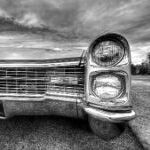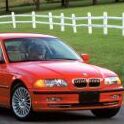While the Trump administration is still deciding whether or not to put tariffs on imported vehicles, certain automakers are bracing for the worst.
During a briefing in Tokyo, Subaru is predicting a "big impact" if the U.S. does put tariffs into place.
“It’s a fact that there would be a big impact from a U.S. tariff increase. We’re studying what the impact might be but there are too many unknowns at this point, so we want to refrain from giving a specific figure,” said Toshiaki Okada, Subaru's Chief Financial Officer.
Of the 670,900 vehicles it sold in the U.S. through the year that ended in March, about half were imported, including the Forester. The rest of the vehicles - Legacy, Outback, and Ascent - are built in Indiana.
According to data gathered by Bloomberg, Subaru would be the hardest hit by tariffs as over 67 percent of their revenues from North America. This is more than Honda (52.5 percent), Nissan (48.9 percent), and Toyota (35.2 percent).
Source: Bloomberg







-3707742431.jpg.06edf8e14f4ccf35c60d4774a543cc11.jpg)


Recommended Comments
Join the conversation
You can post now and register later. If you have an account, sign in now to post with your account.
Note: Your post will require moderator approval before it will be visible.